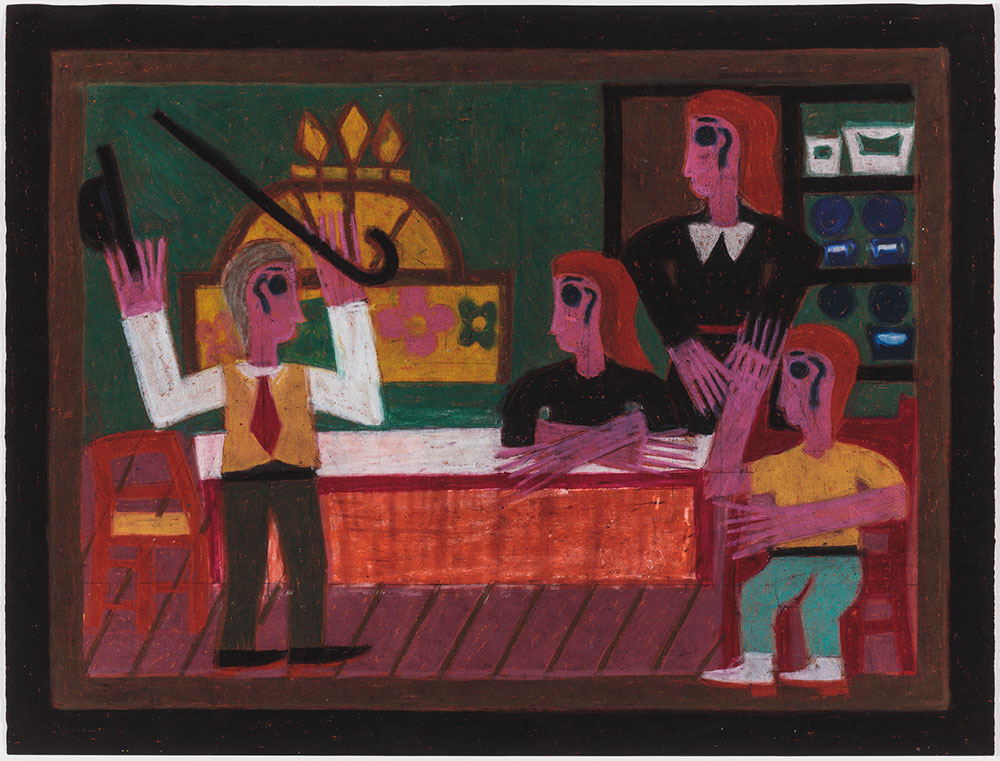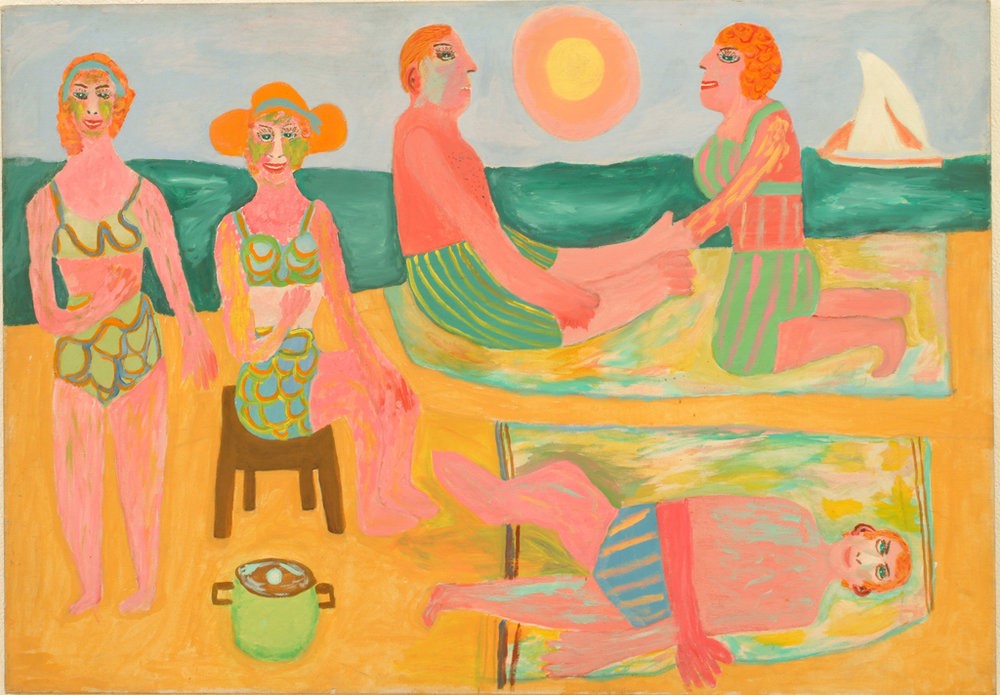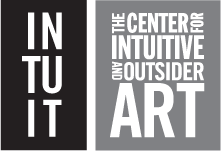As an art museum staffer during this time of crisis, I’ve been frequently turning to art to try to make sense of all that’s going on. It’s one of the few things that has remained constant as everything around us changes.
People can sometimes find connection and respite in art. The act of taking a deep breath to pause, perhaps to spend a moment with an artwork, can foster resilience in the face of violence, trauma and death.
Art meets you where you are, and that’s what makes it helpful when dealing with loss. The same work can bring happiness, tears, anger and curiosity. Art’s healing property is that your experience with a work can’t be prescribed.
With that inspiration in mind, I combed through Intuit’s current exhibition checklist and permanent collection in search of some art that brings me a bit of joy. Maybe you’ll find something joyful in them, too!

The New York Public Library shared this delightful Spotify playlist of city sounds you might be missing, now that the world’s major metropolises have gone eerily quiet. One of the tracks is titled Out in Left Field. I’m listening to it now and staring at Wesley Willis’s Comiskey Park. It’s a nice exercise, even if the audio is intended to be ambient cheers for the Yankees or Mets.
“Take me out to the ball game, take me out to the crowd,” sounds more like a desperate plea at the moment, but Willis’s depiction of the White Sox stadium is giving me hope. Willis’s detailed renderings of Chicago’s skyline, bustling highways and famous landmarks remind me of what this vibrant, strong city can look like.

Arning’s untitled (dinner table) makes me think about all the potlucks and dinner parties I’ve shared with friends. Food is my favorite way to come together with people I love, so I’m looking forward to when we can safely sit across from one another, pass family-style dishes around a cramped table and try a bite from someone else’s plate.

I’m putting myself in this picture: lathered in sunscreen, limbs caked with sand and salt, munching on something from a crockpot, watching sailboats bob and float by. Can you hear the dinging bell of the ice cream cart?
Simon’s use of sunshine-y oranges and deep shades of blue is both energizing and calming to me, much like how I feel during a few hours spent at the real beach. The Ocean is the Chicago summer day we might not get this year, but one that someday will be back again, warmer than ever.

These butterflies and moth remind me that everything evolves. Right now, I’m in the caterpillar phase of this situation, where I feel vulnerable and life is harder than usual. With time, though, a metamorphosis will come. There are brighter, more colorful days in our collective future, I’m sure of it.
I hope these works make you feel a little better. Before we can welcome you back to the museum’s galleries, I encourage you to find some art you connect with. Intuit misses you!

